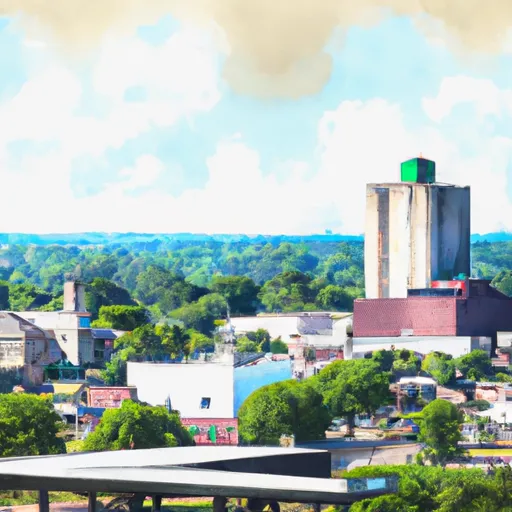°F
°F
mph
Windspeed
%
Humidity











Vinton, Louisiana is a small town located in Calcasieu Parish. The climate in Vinton is humid subtropical, characterized by hot and humid summers and mild winters. Average temperatures range from the high 80s in summer to the low 60s in winter. The region experiences a high amount of rainfall throughout the year, with the wettest months being May through September.
In terms of hydrology constituents, Vinton is situated near the Sabine River, which forms the border between Texas and Louisiana. The river is known for its diverse ecosystem and offers opportunities for fishing, boating, and other water-related activities. Additionally, nearby lakes and bayous provide further options for outdoor recreation.
Vinton boasts several outdoor recreation opportunities. Sam Houston Jones State Park is located just a short drive away, offering hiking trails, camping sites, and opportunities for birdwatching and wildlife observation. The Sabine National Wildlife Refuge, also nearby, provides a habitat for numerous species and a chance to explore nature through activities such as hiking, fishing, and hunting. Overall, Vinton provides a range of outdoor activities for nature enthusiasts to enjoy amidst its picturesque surroundings.
Weather Forecast
Vinton receives approximately 1597mm of rain per year, with humidity levels near 90% and air temperatures averaging around 20°C. Vinton has a plant hardyness factor of 9, meaning plants and agriculture in this region tend to thrive here all year round.
Regional Streamflow Levels
563
Cubic Feet Per Second
211
Cubic Feet Per Second
32
Cubic Feet Per Second
7,250
Cubic Feet Per Second
Nearby Camping
| Camping Area | Reservations | Toilets | Showers |
|---|---|---|---|
| North Toledo Bend State Park | |||
| Hodges Gardens State Park | |||
| South Toledo Bend State Park | |||
| Cypress Bend State Rec Area | |||
| Willow Oak | |||
| Toledo Bend Military |



